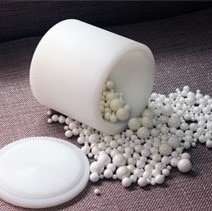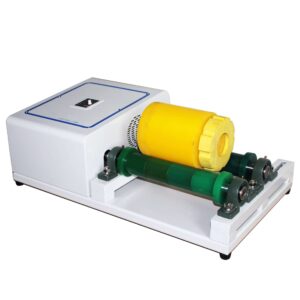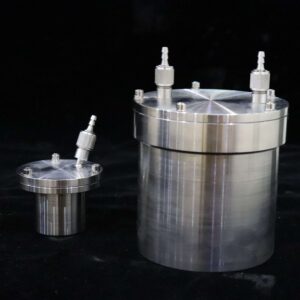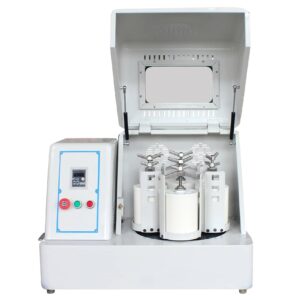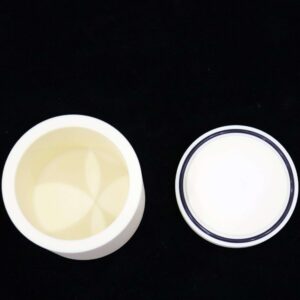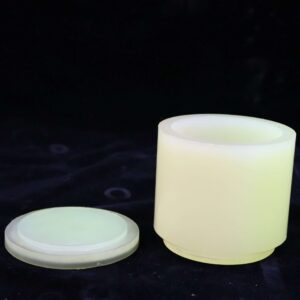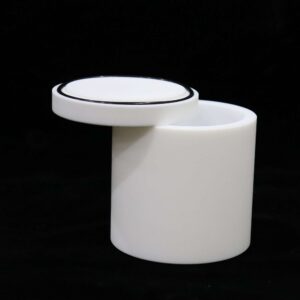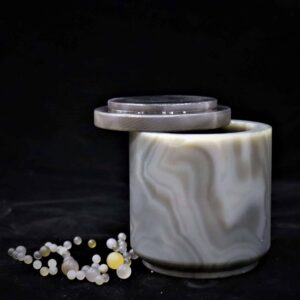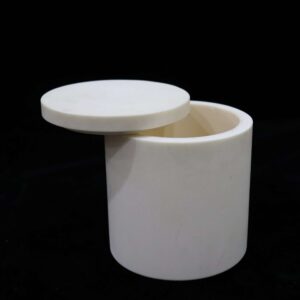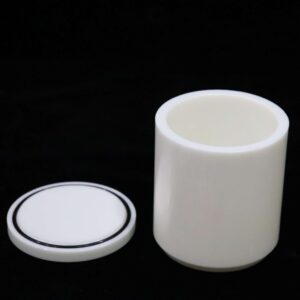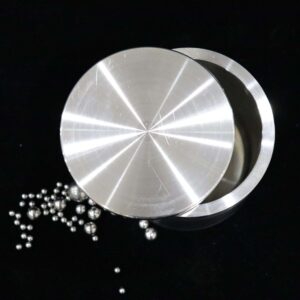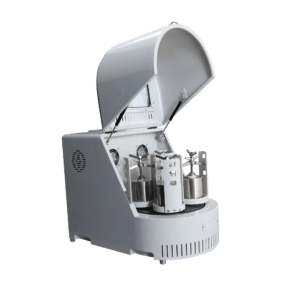Ball Mill
Showing all 11 results
-
Ball Mill Machines3 Products
-
Ball Mill Jars & Grinding Balls8 Products
-
Ball Mill Jars & Grinding Balls
Ball Mill Jars with Lids – Vacuum Stainless Steel
$550.00 – $1,499.00 Select options -
Ball Mill Machines
Square Planetary Ball Mill (2L, 4L, 6L, 8L, 10L, 12L, 20L, 40L, 60L, 100L)
$4,798.00 – $26,999.00 Select options -
Ball Mill Jars & Grinding Balls
Polyurethane Ball Mill Jar with Lid
$130.00 – $999.00 Select options -
Ball Mill Jars & Grinding Balls
Corundum (Alumina Ceramic) Ball Mill Jars with Lids
$199.00 – $1,499.00 Select options -
Ball Mill Jars & Grinding Balls
Zirconia Ball Mill Jars with Lids
$499.00 – $4,990.00 Select options -
Ball Mill Jars & Grinding Balls
Stainless Steel Ball Mill Jars with Lids
$249.00 – $2,200.00 Select options -
Ball Mill Machines
High-Energy Mechanical Ball Mill Machine (0.4L, 1L, 2L, 4L, 8L, 10L, 12L, 16L)
$3,590.00 – $8,540.00 Select options


